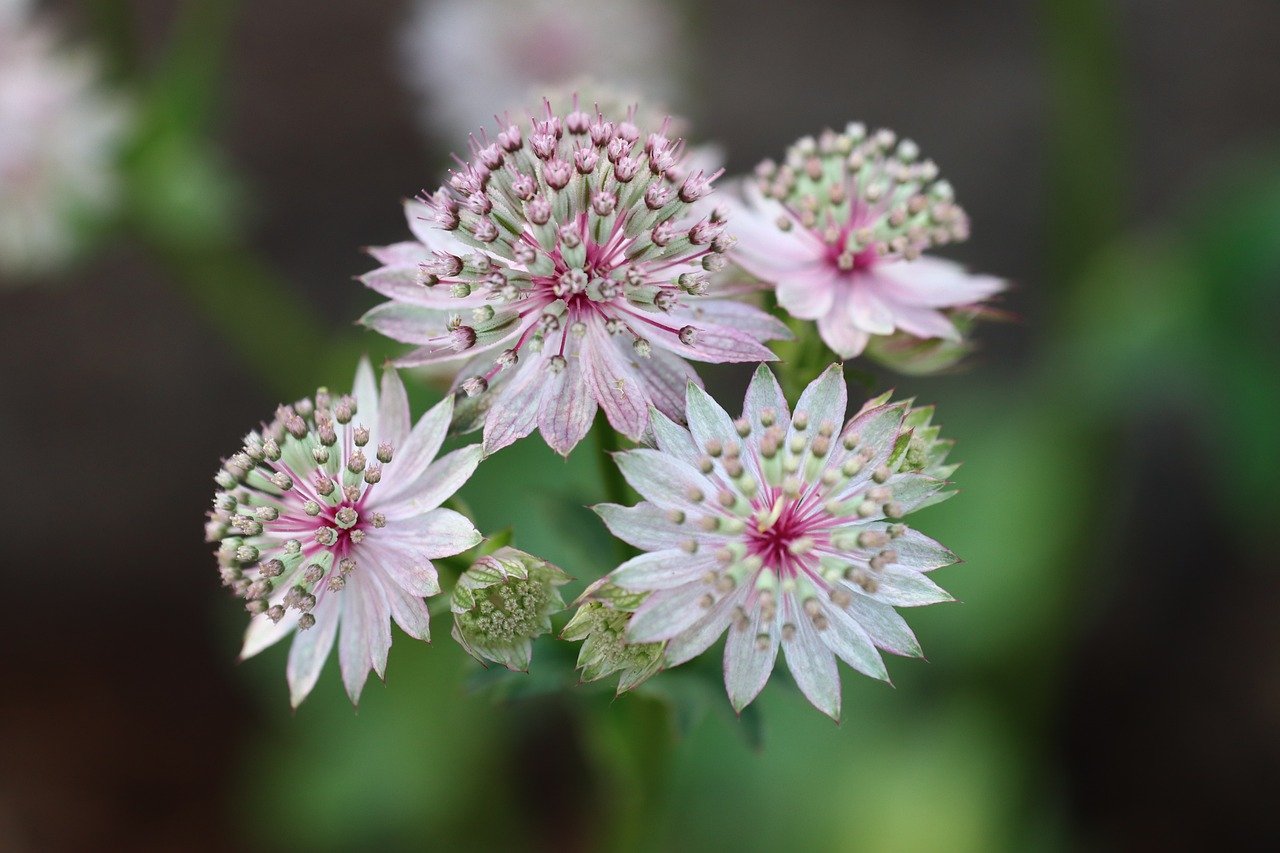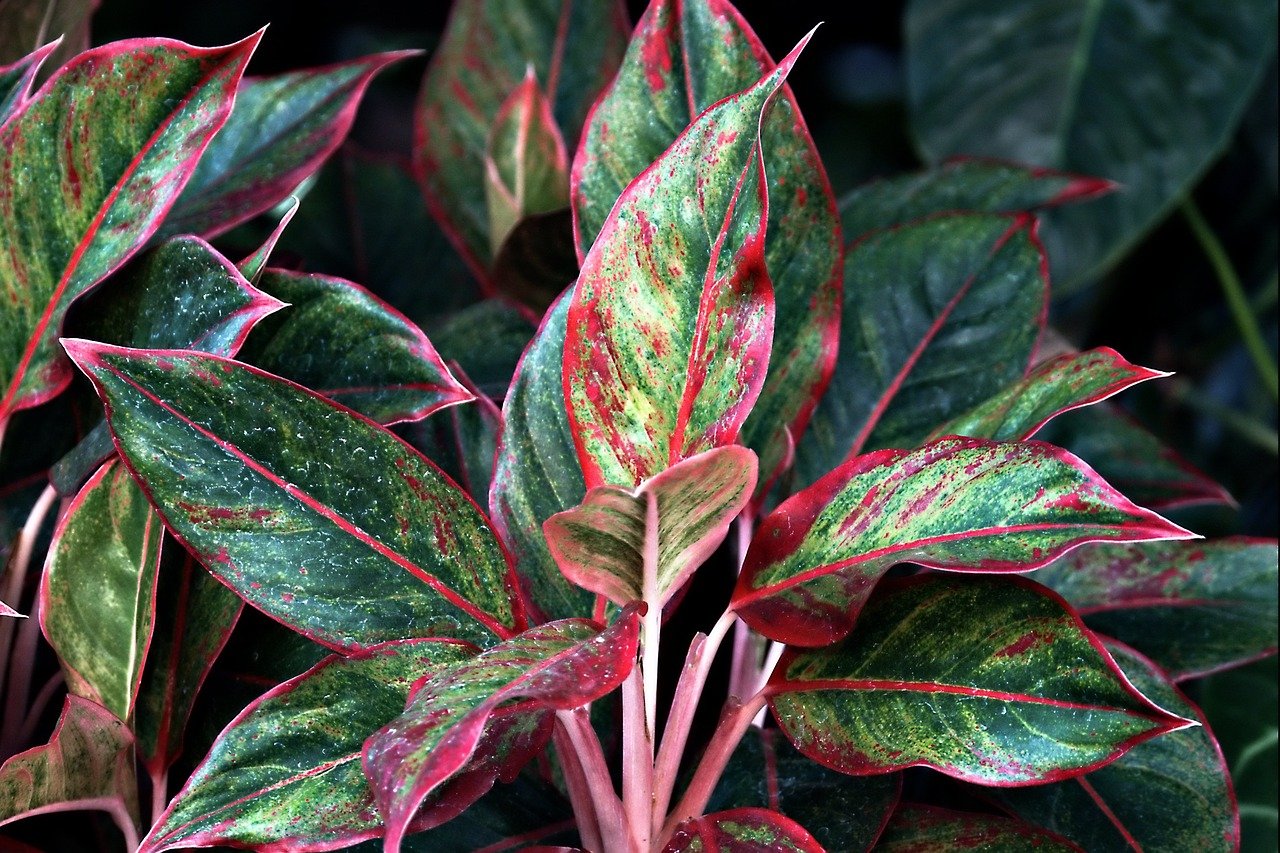Dill: Features and Care

Dill is a herb known for its refreshing aroma and delicate, feathery foliage. Not only is it visually appealing, but it also holds a prominent place in culinary traditions and cultural practices worldwide.
In this article, I will explore dill’s basic information, cultural significance, historical background, and practical gardening advice.
Basic Information
- Scientific name: Anethum graveolens
- Family: Apiaceae
- Origin: Southern Europe, Western Asia
- Appearance: Dill features fine, thread-like leaves and grows to a height of 30 cm to 1 meter. Its small yellow flowers form umbrella-shaped clusters, giving the plant a light, airy appearance.
- Blooming season: Summer (June to August)
Cultural Significance Around the World

Dill has been cherished in culinary and cultural traditions for centuries. In Europe, it is an indispensable herb, especially in traditional dishes. In Scandinavian countries, dill is widely used to flavor fish dishes and pickles, making it a household staple.
In the Mediterranean region, dill was often planted in gardens for its decorative appeal or grown indoors for its aromatic leaves. Its delicate foliage and bright flowers make it popular not only for culinary uses but also for its visual charm. Additionally, dill has been incorporated into floral arrangements, adding a soft, airy touch to bouquets.
Historical Episodes
Dill has been a valued plant since ancient times, particularly in Egypt and Greece. In ancient Greece, dill leaves were woven into crowns and symbolized victory and success. During the Roman era, dill was regarded as a “symbol of happiness” and was often used to decorate banquets and festivals.
In medieval Europe, dill was believed to ward off evil spirits and misfortune. People would hang dill on doors and windows, trusting in its mystical protective properties. The plant’s aroma and structure were thought to possess magical powers, making it a cherished talisman in households.
Gardening Advice

Dill is an easy-to-grow annual herb, making it ideal for beginners. It thrives in sunny locations with good airflow. Dill prefers soil that is well-draining yet retains enough moisture to avoid drying out. Regular watering is essential, but overwatering should be avoided to prevent root rot. Water the soil when the surface feels dry.
Spring is the best time for sowing dill seeds, as they germinate well when temperatures are stable. Because dill dislikes being transplanted, it is recommended to sow seeds directly into the ground or in a large pot where it will grow. Fertilizer should be applied sparingly, as excessive nutrients can reduce the plant’s flavor.
The seeds that form after flowering are an additional benefit of growing dill. They can be used for culinary purposes or saved for the next planting season. Harvesting is best done while the leaves are fresh and tender. Once picked, dill leaves can be used immediately or dried for later use.
Conclusion
Dill is a versatile plant that offers both visual beauty and culinary delight. Its rich cultural and historical significance adds depth to its charm. Growing dill provides not only the satisfaction of gardening but also the joy of incorporating its fresh leaves into meals.
Try cultivating dill in your garden or pots and enjoy its many uses.




